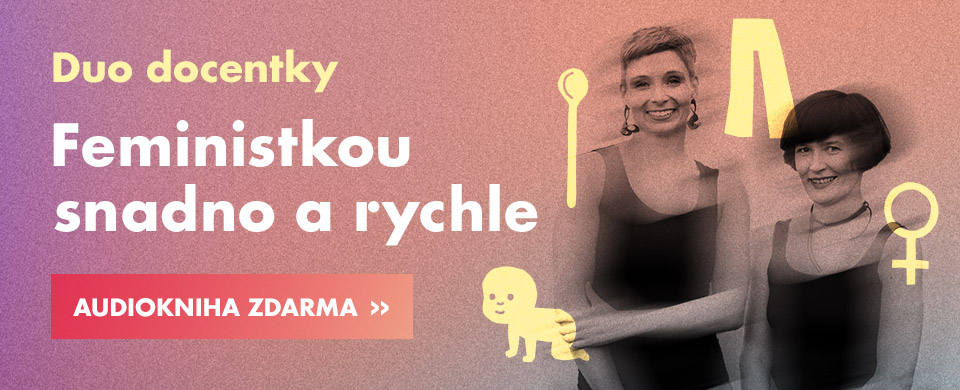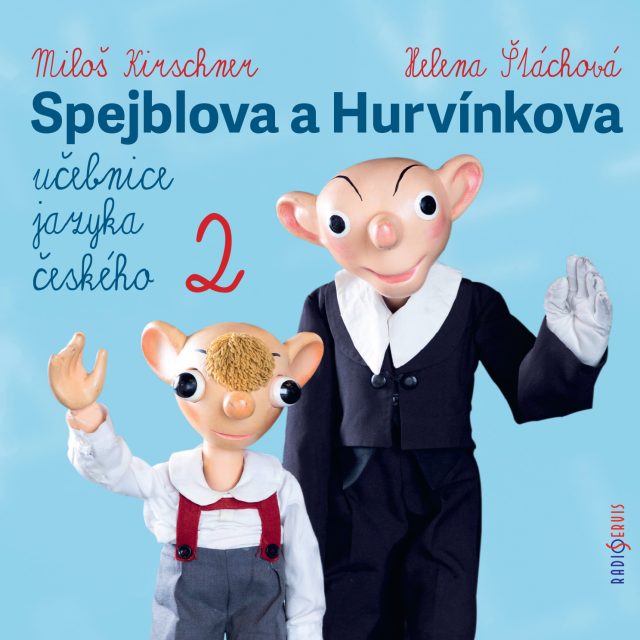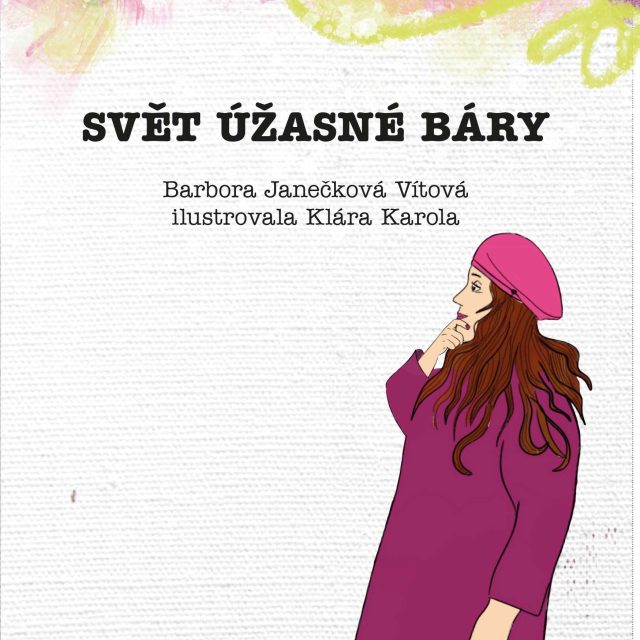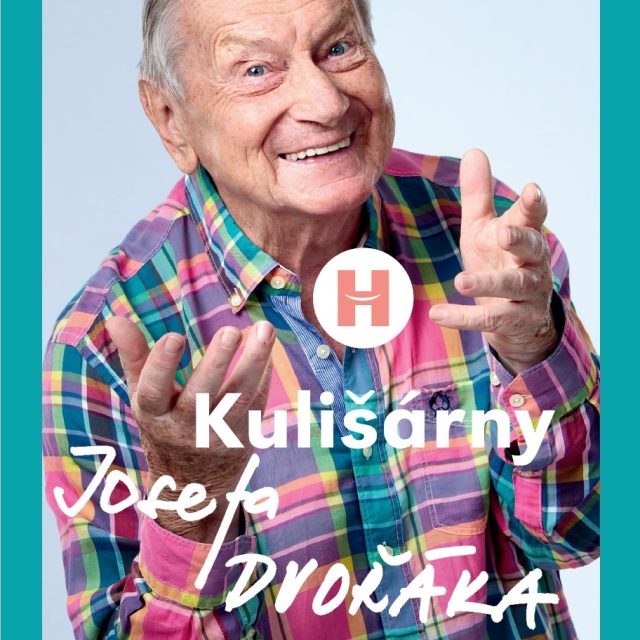Na východ od ráje II.: Bukurešť: Orient, Eden a manele
Je ľahké stratiť sa v chaotickej premávke rumunského hlavného mesta. Bukurešť žije svojím tempom a riadi sa svojimi vlastnými pravidlami. Je to miesto, v ktorom sa mieša západná a orientálna kultúra, minulosť s prítomnosťou, nízke a vysoké umenie.
Najlepší spôsob, ako spoznať miesto je prechodiť ho pešo. Je pravda, že v Bukurešti pešo veľa ľudí nechodí. Starí jazdia autom, mladí bicyklom, turisti, resp. všetci ostatní jedným z tisícok taxíkov, ktoré brázdia mesto. Prechádzka Bukurešťou je takým sureálnym audiovizuálnym filmom s prvkami tzarovského dadaizmu – trúbenie netrpezlivých taxikárov sa mieša s policajnými sirénami a občasným charakteristickým pokrikom vykupovačov železa. Architektonicky je mesto podobne eklektické – mieša sa tu neo-klasicistiký štýl s ceausescovským brutalistickým modernizmom, ktorému dominuje prezidentský palác. Je skutočne monumentálny, z každej strany. V tej zadnej, oproti vyprahnutej zóne dravého urbánneho architektonického turbokapitalizmu sídli múzeum moderného umenia MNAC, ktoré pravidelne hostilo aj rumunský elektronický festival Rokolectiv. Nájdete tu tiež nezávislé komiksové vydavateľstvo a obchod Libraria Jumatatea Plina, ktorého zakladateľka Anamaria Pravicencu tiež organizuje večery experimentálnej hudby Sambata Sonora.
Rokolectiv Festival 2012 | Documentary from Rokolectiv on Vimeo.
S palácom susedí staré mesto, ktorého veľkú časť dal Ceaușescu zbúrať. Na ulici Covaci 12 v centre starého mesta, ktoré sa počas posledných pár rokov transformovalo na Potemkinovu dedinu pre turistov, nájdete bar Atelier Mecanic. V jeho retro interiére často hrávajú lokálni DJs, cez deň skôr v ležérnom, večer v divokejšom tempe. Len niekoľko minút odtiaľ je reštaurácia Lacrimi si Sfinti, čo v preklade znamená „Slzy a svätí“. Varí sa tu rumunská konceptuálna kuchyňa, ktorá rekontextualizuje staré rumunské recepty z bio ingrediencií. Patrí známej osobnosti rumunského společenského života - Mirceovi Dinescovi, ktorý bol jedným z vedúcich osobností revolúcie. Jeho syn Andrei je členom kapely Steaua de Mare a labelu Future Nuggets, ktorých koncerty môžete vidieť napríklad v klube Eden, sídliacom na Calea Victoriei 107 v neoklasicistickej vile Stirbei. V lete je jeho záhrada ideálnym priestorom na trávenie teplých bukurešťských večerov. V Edene hrávajú aj mezinárodní DJs a kapely, okrem toho za zmienku stojí tiež klub Control, situovaný v starom meste. Ďalší zaujímavý klub/bar, kde sa konajú „obývačkové“ koncerty a ktorý tiež funguje cez deň ako kaviareň i priestor pre rôzne akcie, je Dianei na rovnomennej ulici.
Ak na námestí Piata Universitate uvidíte skupinky ľudí, je dosť pravdepodobné, že sa bude jednať o demonštráciu. Námestie je už tradične epicentrom občianskeho nesúhlasu. Pravidelne sa tu konali demonštrácie proti výstavbe zlatej bane v Rosia Montana, ktoré kulminovali v septembri 2013 s približne 20 tisíc účastníkmi. Miestni ich považujú za rumunskú verziu hnutia Occupy. Súčasťou tejto novej vlny aktivizmu je aj zoskupenie mladých novinárov na voľnej nohe Casa Jurnalistului s redakciou v rodinnom dome na Strada Viitorului 154. Hneď za rohom je metro stanica Obor. Obor je typické, pre návštevníka z postkomunistických krajín zrejme málo zaujímavé východoeurópske panelákové sídlisko. Koná sa tu však veľký trh, na ktorom nájdete produkty od lokálnych predajcov, ale aj mužov zo sídliska hrajúcich šach a popíjajúcich miestnu pálenku tuicu.
Veľká časť obyvateľov žije mimo centra, na sídliskách ako Rahova alebo Ferentari. Dystopické vízie urbánnych megapolisov sa tu sústreďujú v koncentrovanom merítku. Socioekonomické problémy Rumunska v centre mesta nepocítite, tu sú znateľné. O živote vo Ferentari napísal knihu spisovateľ a antropológ Adrian Schiop (rozhovor s ním si môžete vypočuť tu).
Trailer "Soldații, Poveste din Ferentari" from Veioza Arte on Vimeo.
Romantický príbeh s autobiografickými prvkami popisujúci vzťah intelektuála a bývalého väzňa zobrazuje špecifickú sociografiu miesta – prostitúcia, drogy, nezamestnanosť, ale nevynechá ani soundtrack jeho ulíc – hudbu manele. Fúzia tradičnej rómskej hudby, ktorú interpretujú talentovaní hudobníci v zoskupeniach zvaních taraf s modernou hudbou, je tu veľmi populárna. V centre mesta bývalo manele viac menej muzika non grata. Ako príklad nízkej kultúry ho nehrali ani rádiá, elity naň nazerali s dešpektom. Momentálne sa však manele úspešne dostáva aj do trendy klubov typu Eden. Manele väčšinou funguje v reštauráciách a kluboch ako napr. Million Dollars pri Piata Muncii s hlavnou hviezdou žánru, spevákom Florinom Salamom.
Zaujímavé sú aj rumunské plastové bankovky, to už je ale iná téma. Nahrávky z Bukurešti, ktoré vznikli počas mesačného pobytu v decembri 2013.
EN
It is easy to get lost in the chaotic traffic of the Romanian capital. Bucharest lives at its own pace and by its own rules. Here, Eastern and oriental cultures merge, same as the dramatic past mixes with the turbulent present, low and high culture come together.
The best way to get to know a place is through walking. It is true to an extent, that many people do not favour this mode of transport in Bucharest. The old drive cars, the young bikes and tourists and all of the others, make use of the thousands of taxis that perpetually crisscross the city desperate to get a customer. A walk through Bucharest can be a surreal audiovisual movie with elements of Tzara-esque dadaism – beeping of impatient taxi drivers mixes with police sirens and random idiosyncratic shouting of iron buyers.
Architectonically, the city is equally eclectic – merging neoclassicist style with Ceaușescu-esque brutalist modernism, with the towering presidential palace as its backdrop. It is truly monumental, from each side. In its back one, facing a deserted zone of urban architectonic turbo-capitalism, is the Museum of Modern Art MNAC, which regularly hosted the leading Romanian electronic festival Rokolectiv. As of recent, the independent comic book publisher and bookshop Libraria Jumatatea Plina, whose founder Anamaria Pravicencu also organizes experimental music nights Sambata Sonora, can also be found in its premises.
The old town can be found in the palace's neighbourhood, whose large part was destroyed by Ceaușescu. At Covaci 12, in the heart of the old town, which has recently transformed into a Potemkin village for tourists, is Atelier Mecanic. In its retro interior, local DJs play vinyl, during the day in a more mellow, at nights in a wilder style. Just a few minutes from there, Lacrimi si Sfinti can be found, a restaurant oriented at Romanian conceptual cuisine, recontextualising old Romanian recipes made out of bio ingredients. Its owner is a famous Romanian personality, the poet and one of the movers and shakers of the revolution – Mircea Dinescu. His son Andrei is the member of the band Steaua de Mare as well as the co-founder of the label and collective Future Nuggets, whose concerts sometimes take place at the Eden club, for instance, in the basement of the neoclassicist villa in Calea Victoriei 107. In summer, its garden transforms into an ideal place for spending warm evenings. International DJs and live acts can be also found playing there, as well as at the Control club, situated in the old town. Another noteworthy bar/club, where cosy, home-like concerts are held, is Dianei. During the day, Dianei, located on the street of the same name, is popular as a café and a hang-out place.
If you happen to see groups of people gathered at the Piata Universitate, it is likely that it will be a demonstration. The square has traditionally been the epicentre of "civil disobedience". The protests against the construction of a goldmine in Rosia Montana took place here regularly last year, culminating with a crowd of 20.000 in September 2013. Locals consider it the Romanian version of the Occupy Movement. Part of this new wave of activism is also the collective of young freelance journalists Casa Jurnalistului based in Strada Viitorului 154. Not far from there is the metro station Obor. For a visitor from Eastern Europe, Obor will elicit little interest, with its typical communist style concrete block estates. A large market takes place there, nevertheless, which is worth visiting, as you will find local produce as well as aging men playing chess in every weather and drinking local liquor called tuica there. An image that will be indelibly projected into your brain.
A large number of inhabitants live outside of the centre, in estates like Rahova or Ferentari. Dystopian visions of urban megapolises are concentrated here. You won't feel the socioeconomic problems of Romania in the centre, here, they are painfully visible. The writer and anthropologist Adrian Schiop wrote a novel about his life and experiences there (you can listen to our interview with him here).
A romantic story with autobiographical elements describes the relationship of an intellectual and a former prisoner, depicting the specific sociography of the place – prostitution, drugs, unemployment - without leaving out the soundtrack of this area's streets – the music of manele. The fusion of traditional Roma music, interpreted by talented musicians in ensembles called taraf with modern music, is very popular. In the city centre, manele used to be musica non grata. As an example of lowbrow culture, even radios avoided playing it, elites viewed it with contempt. Currently, manele is slowly creeping into trendy clubs like Eden in downtown Bucharest. Manele is normally played in restaurants and clubs such as Million Dollars at Piata Muncii with its main star, the singer Florin Salam, at its helm.
The plastic Romanian currency is also interesting, but that is, ultimately, a different story.
These recordings from Bucharest, were created during a month-long stay in December 2013.
Více z pořadu
Mohlo by vás zajímat
E-shop Českého rozhlasu
Víte, kde spočívá náš společný ukrytý poklad? Blíž, než si myslíte!
Jan Rosák, moderátor
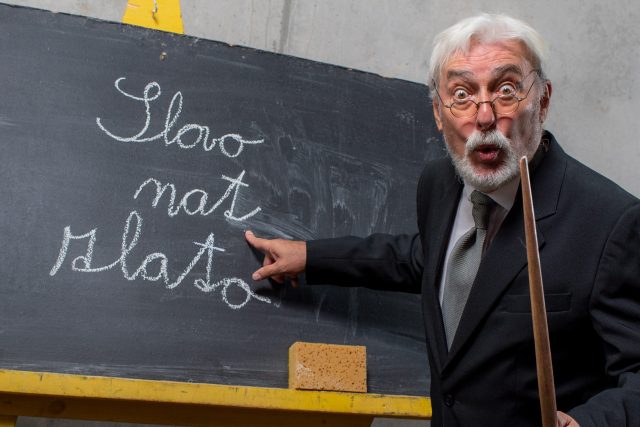
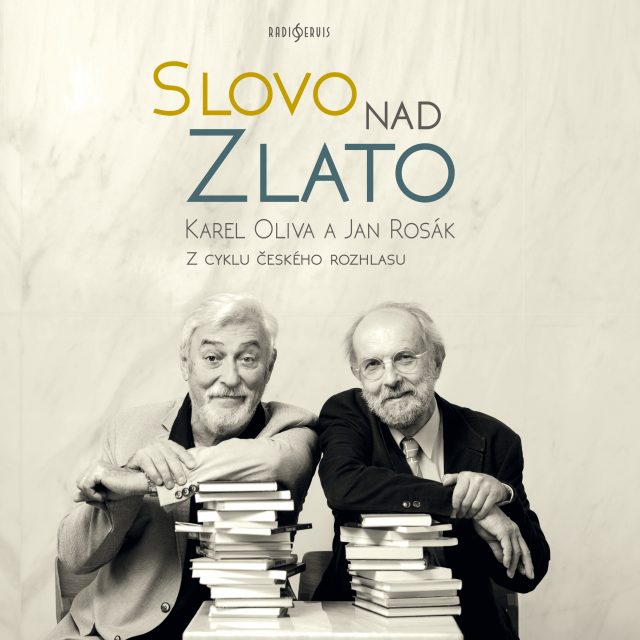
Slovo nad zlato
Víte, jaký vztah mají politici a policisté? Kde se vzalo slovo Vánoce? Za jaké slovo vděčí Turci husitům? Že se mladým paním původně zapalovalo něco úplně jiného než lýtka? Že segedínský guláš nemá se Segedínem nic společného a že známe na den přesně vznik slova dálnice? Takových objevů je plná knížka Slovo nad zlato. Tvoří ji výběr z rozhovorů moderátora Jana Rosáka s dřívějším ředitelem Ústavu pro jazyk český docentem Karlem Olivou, které vysílal Český rozhlas Dvojka.

